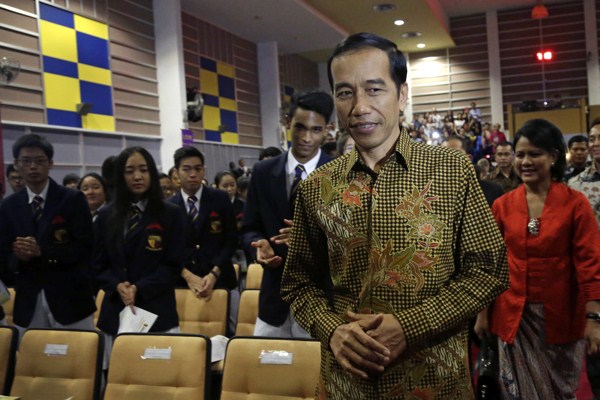Last month, Indonesia announced that it will create a coast guard in an effort to reduce smuggling and piracy. In an email interview, Brian Harding, director for East and Southeast Asia at the Center for American Progress, discussed Indonesia’s naval capabilities.
WPR: What is the current state of Indonesia’s navy and maritime security forces, in terms of vessels and operational preparedness?
Brian Harding: Indonesia has set its sights on becoming an effective “green-water navy,” meaning it can operate in its coastal waters, but it has a long way to go. It currently boasts a total naval strength of 213 ships, including over 70 patrol and coastal combatants, 54 landing craft, over 30 support units, 26 landing ships, 11 mine warfare units, 11 large surface combatants, five amphibious ships and two submarines divided into two major fleet commands. However, the sum is less than its parts, with less than half of the vessels combat-ready and most not well-integrated. Most ships were commissioned decades ago and are in need of replacement. Command and control is extremely weak, and sustainment and logistics are underdeveloped. The overall result is that the Indonesian navy is, largely, undeployable. In terms of force structure, the navy comprises approximately 65,000 personnel out of a total force numbering 400,000.

